A silly question about gritty mix?
Frank
7 years ago
last modified: 7 years ago
Featured Answer
Comments (17)
Frank
7 years agoRelated Discussions
Question about screening granite for gritty mix.
Comments (2)Hi Connie , Don't ever worry about asking questions!!! Not a problem for most of us... I like to use a strainer from the kitchen dept at Walmart that has the same small holes as the insect screen. These are easy to find and very easy to use. Just put your grit in swirl it around and you should be find then add to the Turface and bark, then you can store. I also like to store this way and when I'm ready to use, I will moisten the mix before I pot up. If you would like to rinse before you use the grit that will be fine too. It will be fine. Just let it dry out before you store if .. Especially if it is covered. Just remember that the Turface need to be screened a little more because it has more fines than the grit. Hope this helps.. If you need a pic of my strainers.. Just ask!!! Good luck!! Laura This post was edited by loveplants2 on Sun, Jun 2, 13 at 12:41...See MoreQuestions about gritty mix
Comments (15)I've never tried AVs side by side in gritty and 5:1:1, so I can't say. They should be pretty easy and happy in the 5:1:1 though. If I wanted to grow the very best AV I could produce, and had to choose only one soil, I'm not sure which I'd choose. If I chose the 5:1:1, I think my decision would be influenced more by what everyone else uses (it's closer to media labeled "AV soils"), rather than what I already know works well for the plant. I think, if someone is trying for the first time in either the 5:1:1 or gritty mix, the 5:1:1 would be the easier choice, but I can't say one or the other has more potential. I think its pretty accurate to say 5:1:1 for annuals and gritty for perennials, as long as we know there will be some exceptions - particularly when we have fast-growing perennials or plants with naturally vigorous root systems; those, we might want to consider putting in the 5:1:1 mix - especially when a yearly full repot is in the plant's best interest. Al...See MoreQuestion about the "gritty mix" (veggies or just trees?)
Comments (7)No, that is not my lettuce. If I had to guess, that particular setup looks like a trench dug in the ground, lined with plastic, and drained to a collection point for re-circulation. It's probably just gravel for cost. It would have a re-circulating nutrient solution for constant access to nutrients. It could easily be used as a 'to waste' (doesn't re-circulate) setup with the addition of calcined clay or diatomaceous earth to maintain moisture. You would still pretty much constantly fertigate at a low concentration though. And I think you would want to collect or divert the runoff for other landscape uses. Yes, you can reuse the gritty mix, but there will be a lot of organic matter from roots in there that you'll want to get rid of. It's just generally a lot easier to make up new media for annuals. The organic bark based medium doesn't break down that much in a year and you can just toss it in the compost at the end of the season. Now if you live where materials are hard to come by or in a 12 story walk up, cleaning media might be easier....See MoreQuestion about transfering plants to gritty mix?
Comments (4)"Worry about all the excess dirt." Get as much off as you can. There are many experts here. They know TONS more than I do. If you do a couple of searches up in the search box, you will find YEARS of threads on gritty mix and its variations, often with 30 comments per thread -- and HOW to pot. Josh and others have described at length how to bareroot a plant in warm water by dipping and even hosing, how to solidify it in the pot with gritty mix, how to poke out the air pockets as the mix settles, how to isolate it for a few days etc. It is worth doing the research....See Morerina_Ontario,Canada 5a
7 years agolast modified: 7 years agoFrank
7 years agoFrank
7 years agoFrank
7 years agoLaura F (z9FL)
7 years agorina_Ontario,Canada 5a
7 years ago
Related Stories

FEEL-GOOD HOMEThe Question That Can Make You Love Your Home More
Change your relationship with your house for the better by focusing on the answer to something designers often ask
Full Story
WORKING WITH PROS9 Questions to Ask a Home Remodeler Before You Meet
Save time and effort by ruling out deal breakers with your contractor before an in-person session
Full Story
SELLING YOUR HOUSE15 Questions to Ask When Interviewing a Real Estate Agent
Here’s what you should find out before selecting an agent to sell your home
Full Story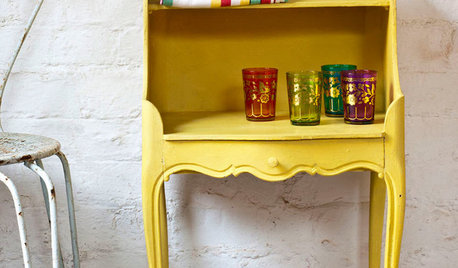
PAINTINGWhat to Know About Milk Paint and Chalk Paint — and How to Use Them
Learn the pros, cons, cost and more for these two easy-to-use paints that are great for giving furniture a vintage look
Full Story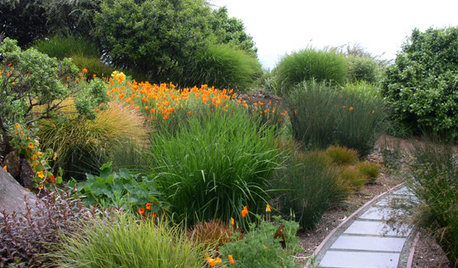
GARDENING GUIDESNew Ways to Think About All That Mulch in the Garden
Before you go making a mountain out of a mulch hill, learn the facts about what your plants and soil really want
Full Story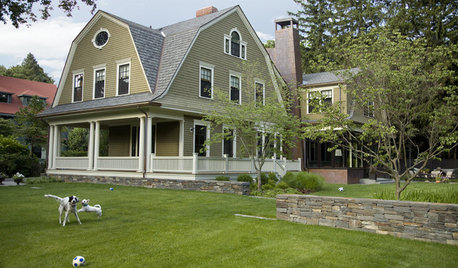
PETSSo You're Thinking About Getting a Dog
Prepare yourself for the realities of training, cost and the impact that lovable pooch might have on your house
Full Story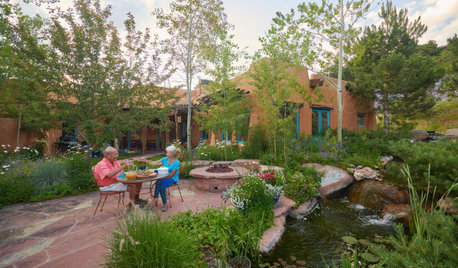
WORKING WITH PROSWhat Do Landscape Architects Do?
There are many misconceptions about what landscape architects do. Learn what they bring to a project
Full Story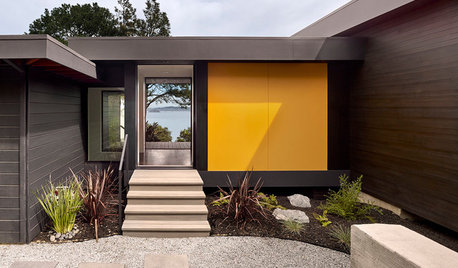
BUDGETING YOUR PROJECTConstruction Contracts: What to Know About Estimates vs. Bids
Understanding how contractors bill for services can help you keep costs down and your project on track
Full Story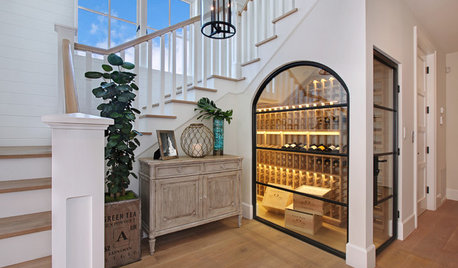
LIGHTINGWhat to Know About Switching to LED Lightbulbs
If you’ve been thinking about changing over to LEDs but aren't sure how to do it and which to buy, this story is for you
Full Story
FURNITUREHow to Buy a Quality Sofa That Will Last
Learn about foam versus feathers, seat depth, springs, fabric and more for a couch that will work for years to come
Full Story


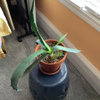
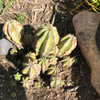
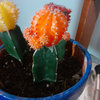
albert_135 39.17°N 119.76°W 4695ft.